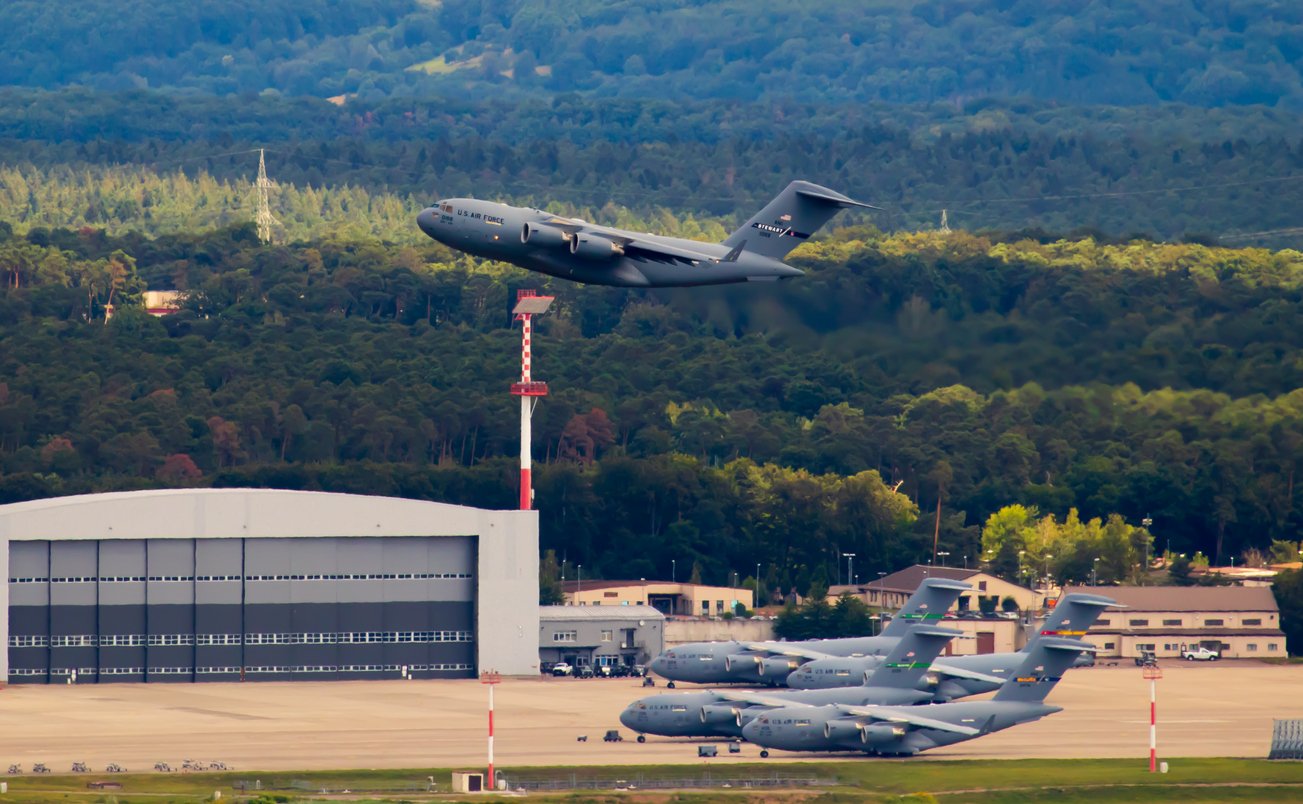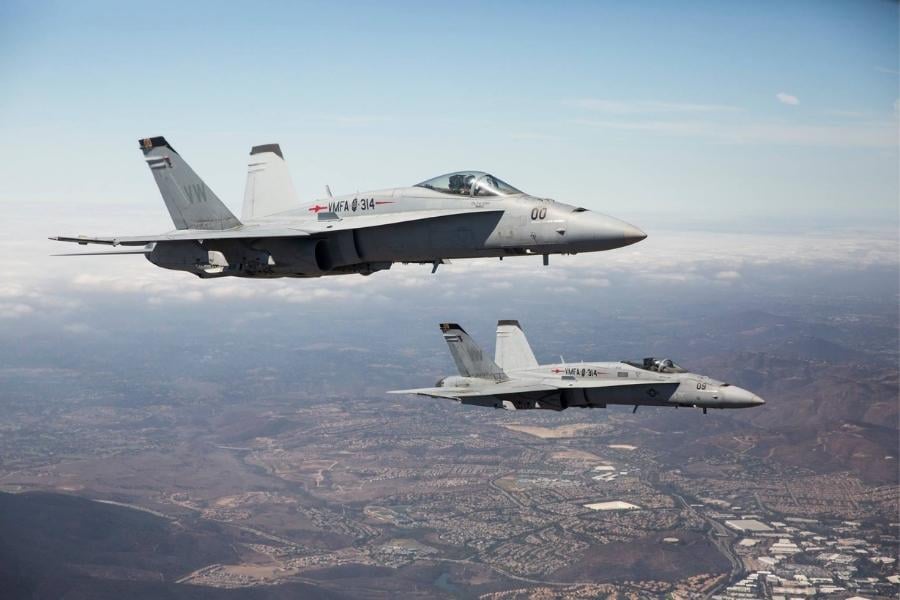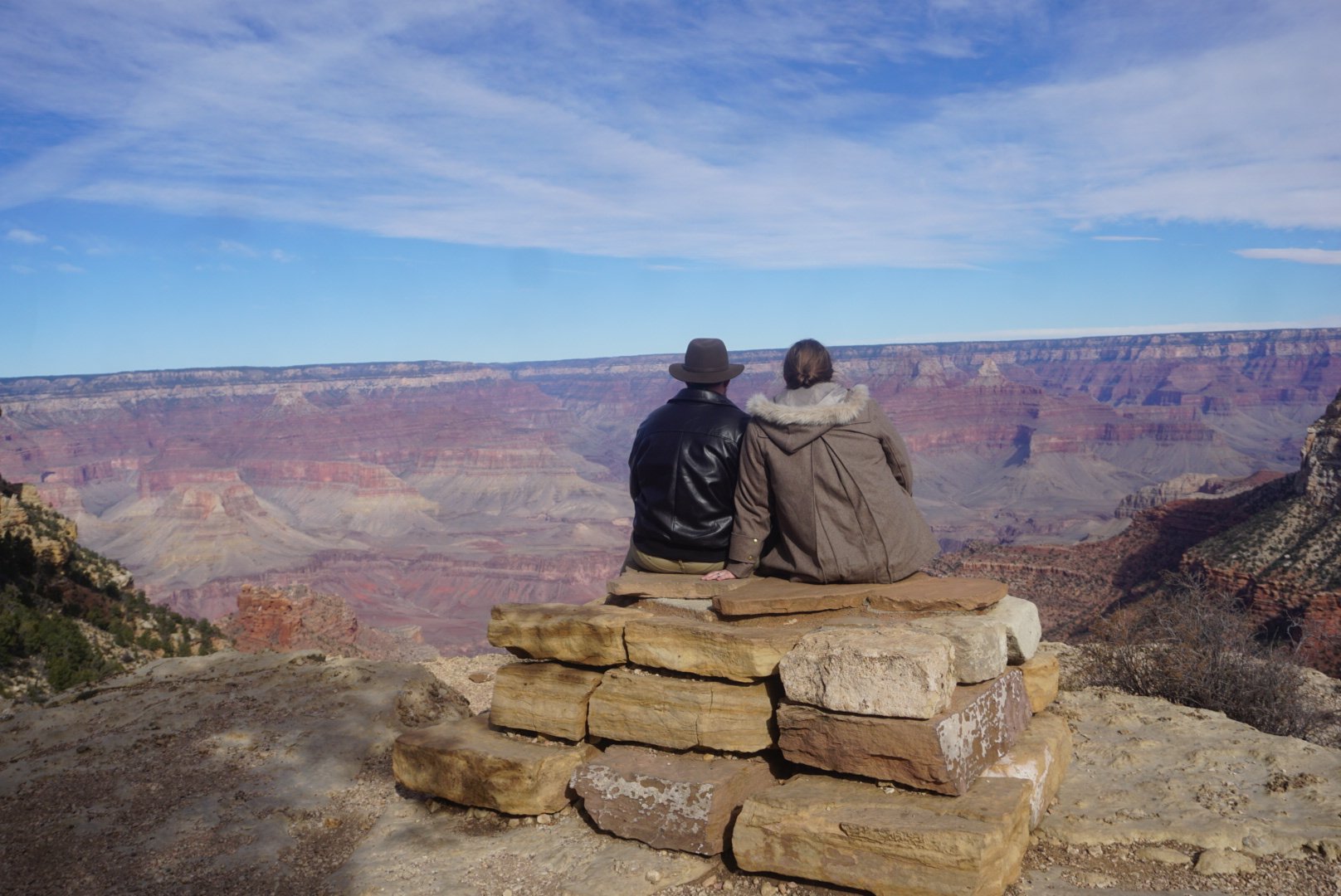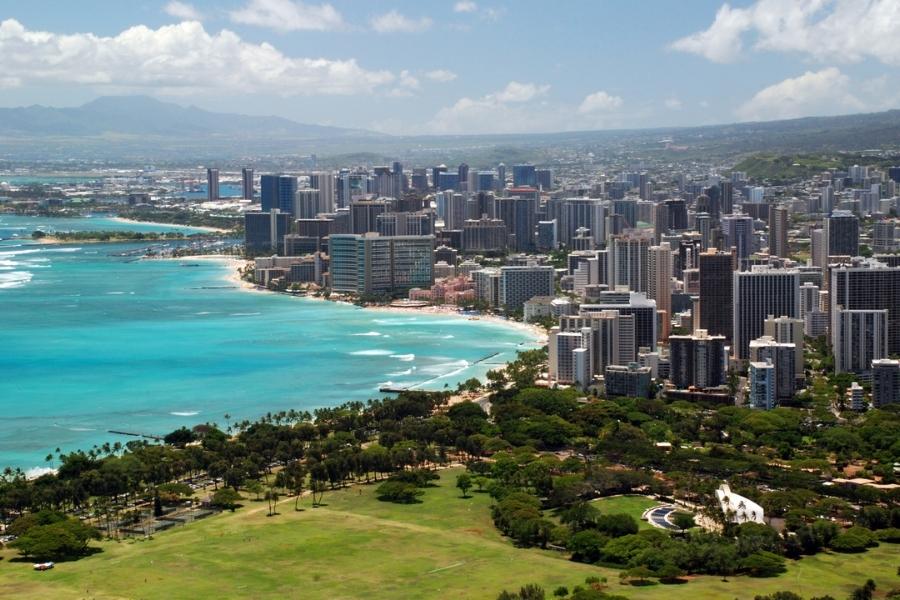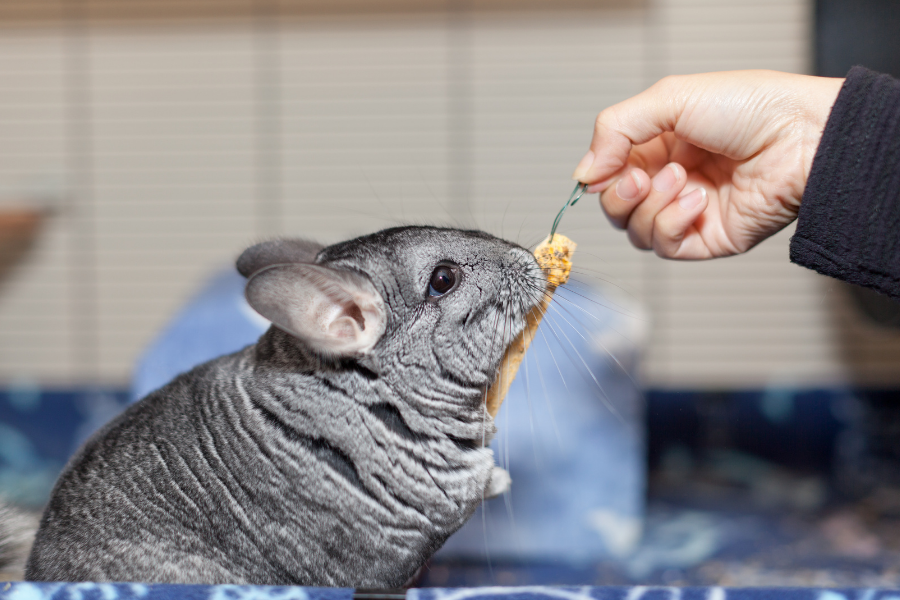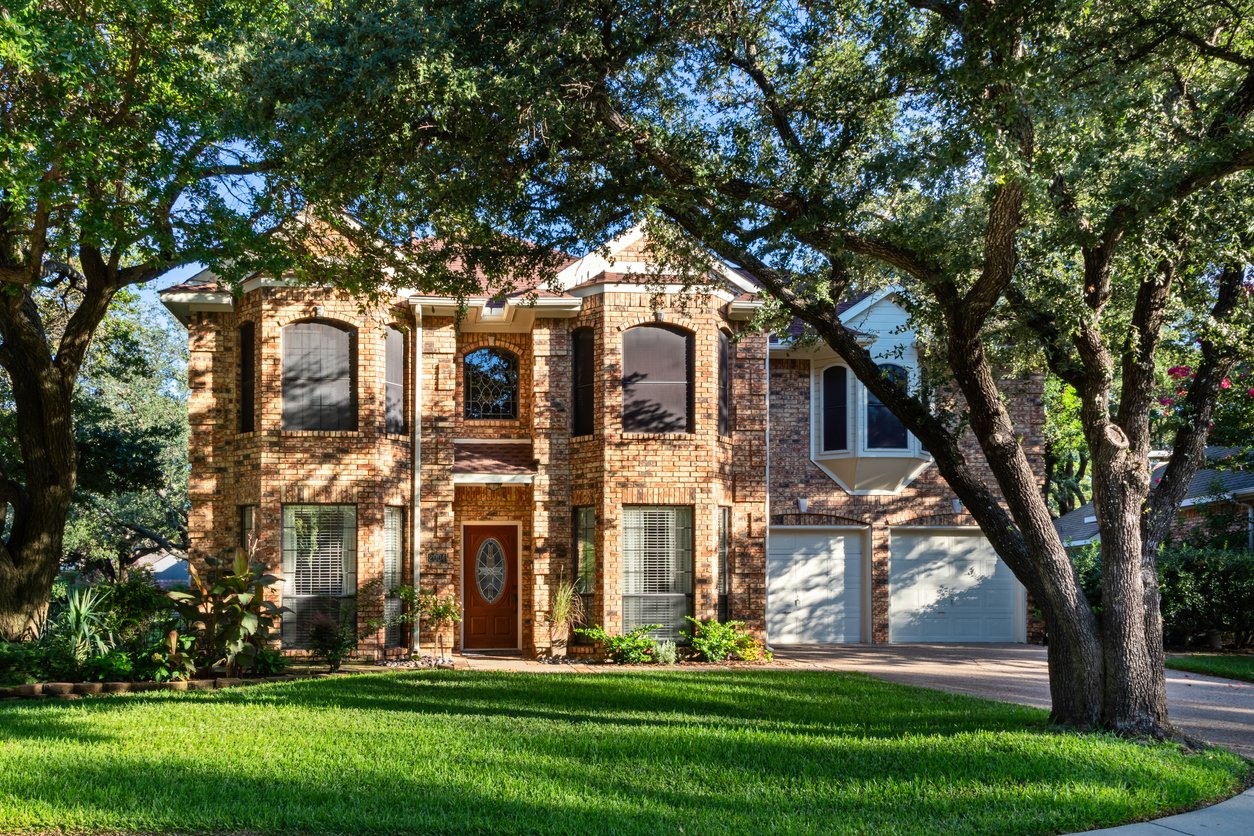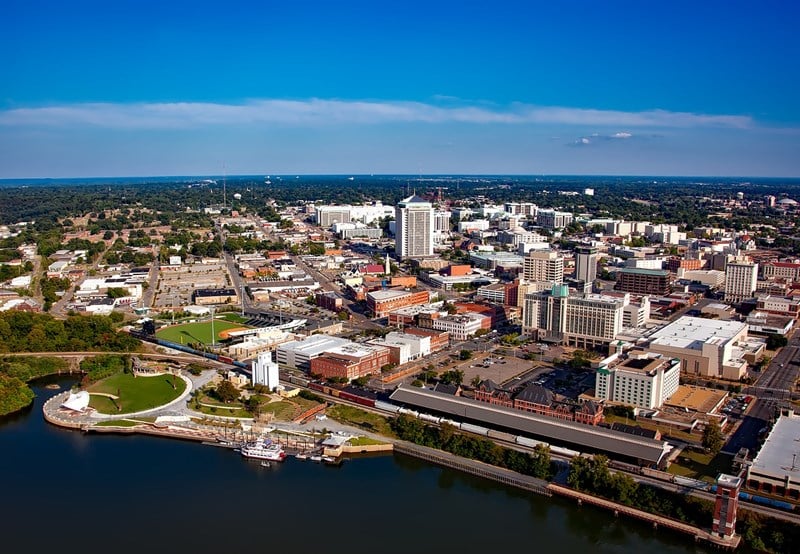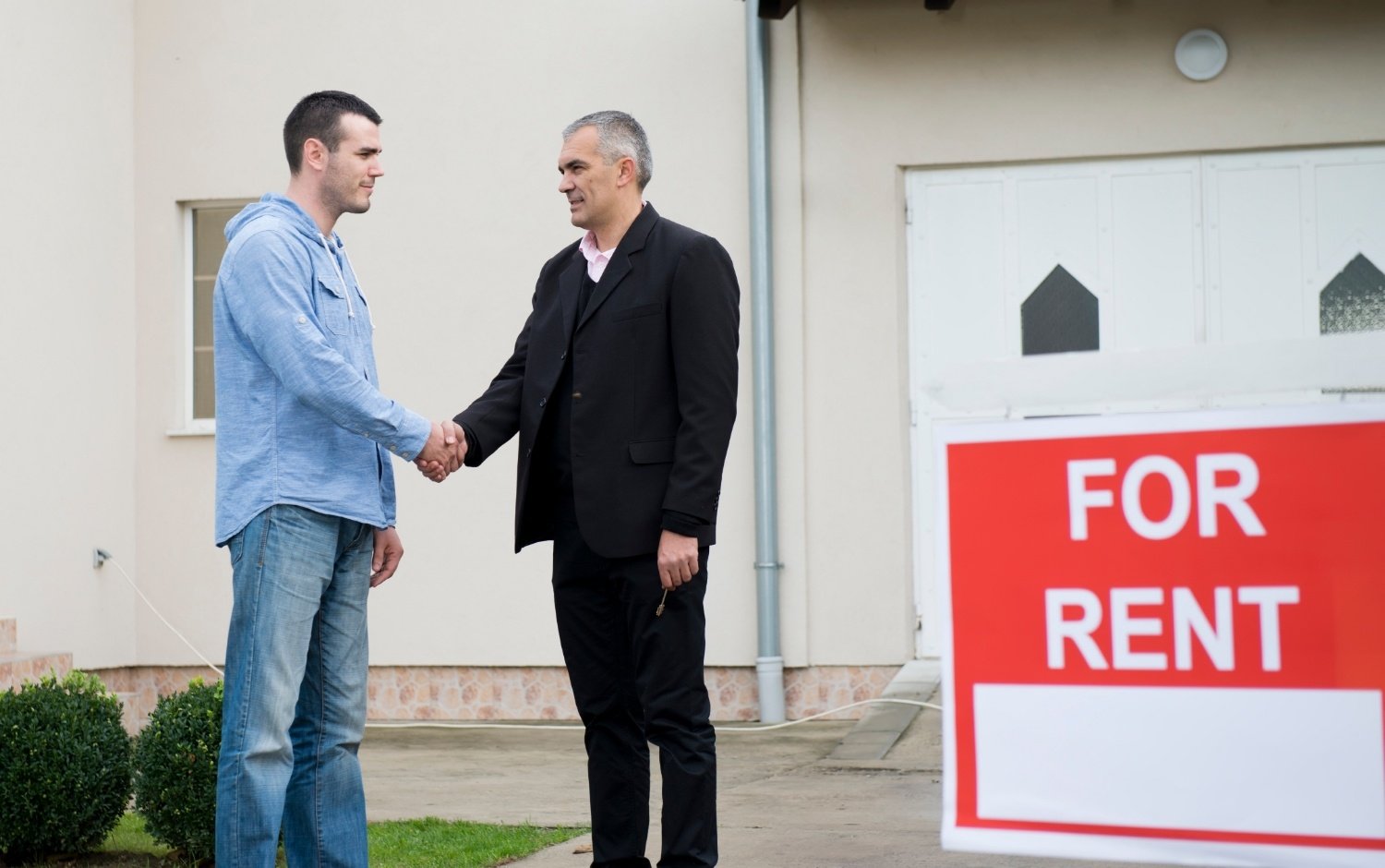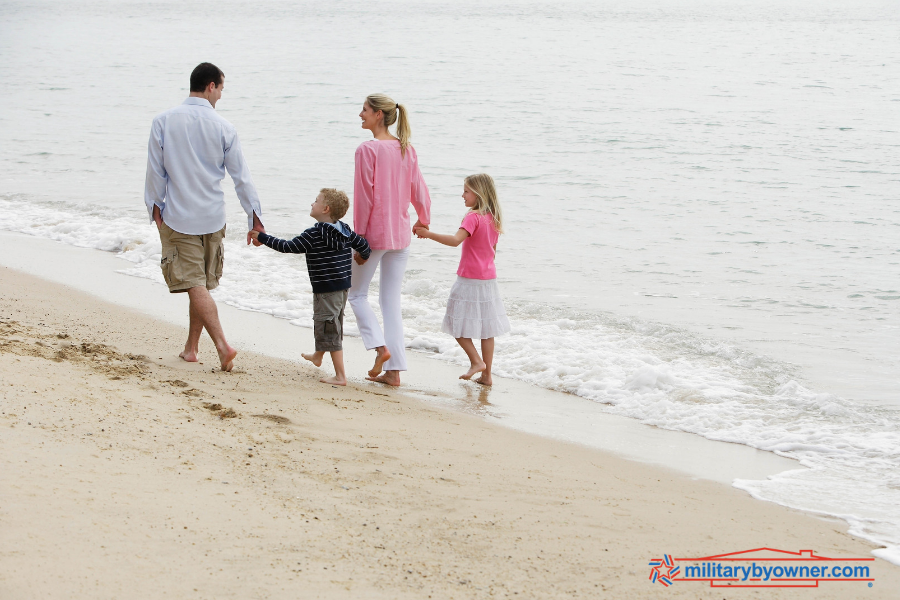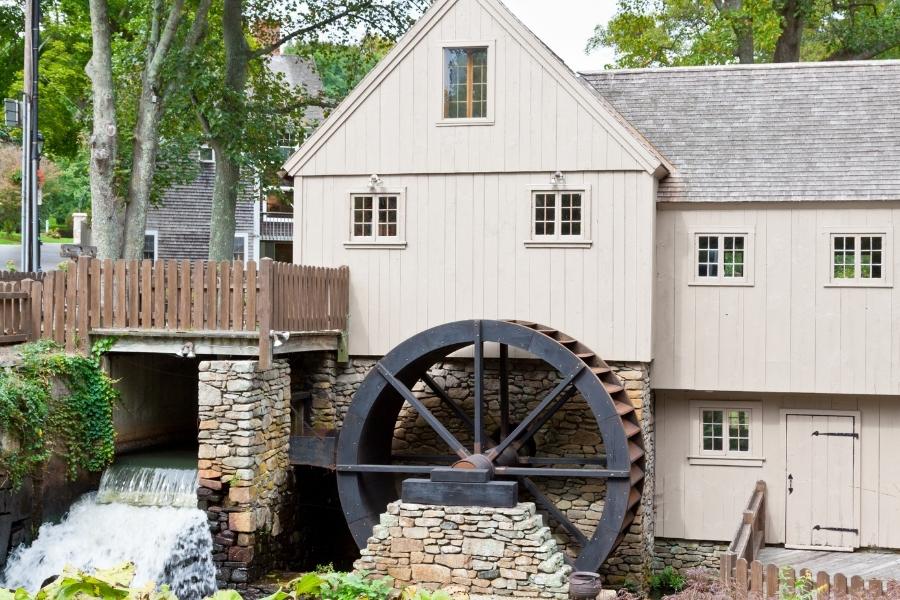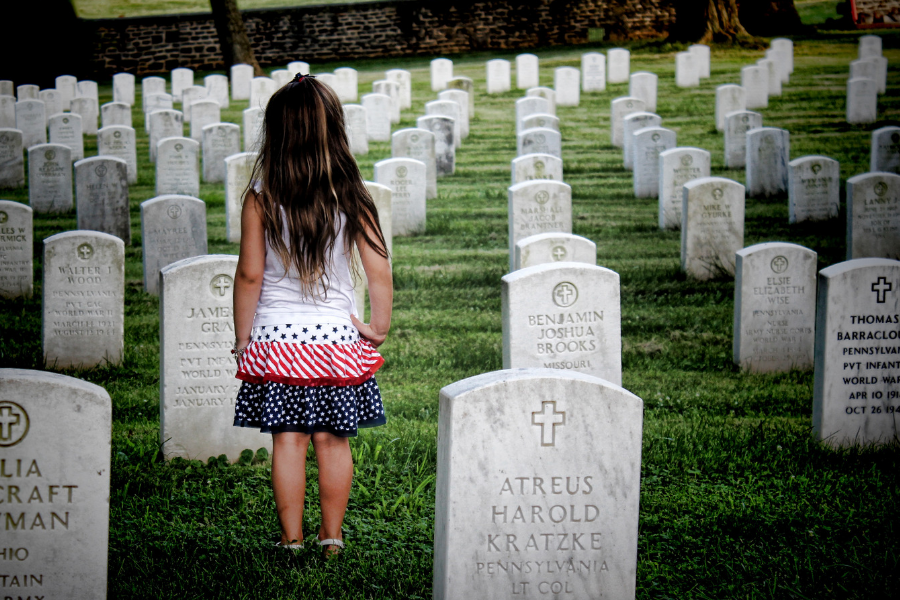BAH Changes and Updates for 2021
It’s the start of the new year, and you know what that means. New budgets! While we’re reworking our finances, setting goals for 2021, trying to pay off debt, saving for a big investment, etc., the government is doing the very same thing. They reworked their funds, and as military families, their newly calculated numbers affect ours.
The latest to change? The Basic Housing Allowance (BAH). This government stipend finds its way into servicemembers' paychecks to help compensate for the cost of living at your particular duty station. Sometimes it seems generous; other times it feels a little lacking.
The larger point? Housing is a hefty portion (maybe even the base) of our expenses. Some people still follow the 30% rule dictating that you should not spend more than 30% of your annual income on rent or mortgage. Others feel that the rule is a little outdated and that spending beyond 30% is not only standard but okay. Here’s the thing; there’s no cut and dry answer here—it comes down to the individual household.
For military families, our annual income fluctuates with our BAH. Dependent on location, we could see thousands of dollars more or less a year. And yes, while the cost of living ebbs and flows with that allowance, some locations make it easy to find something well below the budget, while others nearly force you over the allotted amount. So, understanding what we can expect for the new year is essential for setting financial goals.
That brings us to the 2021 BAH. What is it? What’s changed? Here’s what you need to know.
.jpg?width=600&name=BAH%20updates%20for%202021%20(1).jpg)
BAH Changes and Updates for 2021
What is a Basic Housing Allowance?
“The Basic Allowance for Housing (BAH) is a U.S. based allowance prescribed by geographic duty location, pay grade, and dependency status. It provides uniformed Service members equitable housing compensation based on housing costs in local civilian housing markets within the United States when government quarters are not provided.” — Defense Travel Management Office
How does the government settle on an appropriate BAH amount?
The government doesn't choose BAH rates at random. Every year, they gather housing cost data for about 300 military housing areas across the U.S. (including Alaska and Hawaii). With help from the local military housing offices and input from local commands, they determine the cost for adequate housing units in that area or particular neighborhood.
Factors also include the median current market rent and the average cost of utilities (electricity, heat, water/sewer).
The hunt for an appropriate BAH rate is so deliberate that it even creates six housing profiles to account for the different home types and number of bedrooms for each area. Then, they calculate the BAH for each pay grade for those with and without dependents.
It's important to remember that BAH is calculated to determine the cost of housing in an area. It is not calculated by a member's expenses. In some areas, you may also receive the COLA (Cost of Living Allowance) to offset a higher cost of living. Military members stationed overseas who are not living in government housing are eligible to receive the OHA (Overseas Housing Allowance). Learn more from the Defense Travel Management Office.
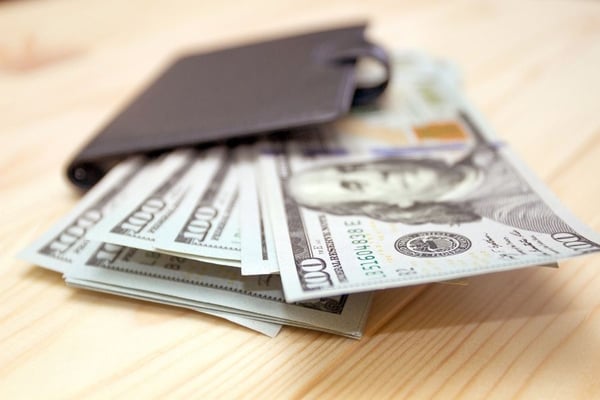 Image via Canva
Image via Canva
How did the BAH change from 2020 to 2021?
The DOD shared the 2021 BAH changes we can expect to see. Here are the highlights:
1. It increased (on average) 2.9% — a 0.1% increase from the 2.8% increase in 2020.
2. The increase is based on location. As always, you won’t see an across the board BAH rate. The amount will fluctuate depending on where you live. Federal News Network helps break down particular areas of interest.
Areas with significant BAH increases:
- Huntsville, Alabama (average 12.8% increase)
- Fort Huachuca, Arizona (average 12.3% increase)
- Fort Gordon, Georgia (average 9.8% increase)
- Washington, D.C. (average 9.7% increase)
- Fort Bragg, North Carolina (average 8.1% increase)
- Columbus Air Force Base, Mississippi (average 6.2% decrease)
- Marine Corps Air Station Cherry Point, North Carolina (average 5.7% decrease)
- Hampton/Newport News, Virginia (average 5.2% decrease)
- New London, Connecticut (average 4.9% decrease)
- Camp Lejeune, North Carolina (average 4.3% decrease)
If the BAH in your particular area dropped, military already living there shouldn't see a decrease or be penalized under BAH Rate Protection. Good news for those of you committed to a lease! Per the Defense Travel Management Office:
BAH rate protection keeps an individual from having a reduction in BAH as long as the individual maintains "uninterrupted eligibility" for BAH. This means an individual is authorized the 1 January rate for the individual's grade and location or the housing allowance being paid on 31 December of the previous year, whichever is larger.
To find your current 2021 BAH rate, use the DOD BAH calculator here.
3. The new BAH increase took effect on January 1, 2021. Military members will see the increase in their paycheck on January 15.4. The increase equates to approximately 23 billion dollars (vs. 22 billion in 2020). This amount goes to about 1 million service members and their families in the form of BAH.
5. The BAH is not meant to cover 100% of living expenses. As always, the BAH is intended to cover 95% of a service member's living expenses, leaving 5% out-of-pocket or rather, their remaining income. This amount is dependent on rank and dependency status.
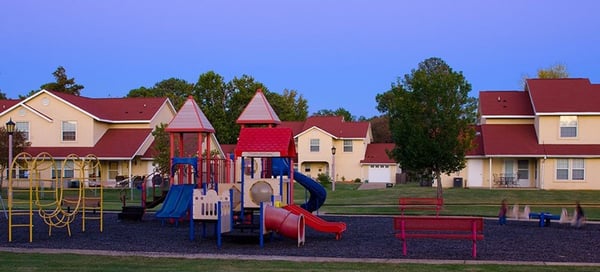 Housing on Maxwell AFB, image via Hunt Military Communities.
Housing on Maxwell AFB, image via Hunt Military Communities.
What else changed for 2021?
The Basic Allowance for Subsistence
The Basic Allowance for Subsistence (BAS) increased 3.7%—much greater than 2020’s 0.9% increase.
- Enlisted: $386.50 (a $13.79 increase from 2020)
- Officer: $266.18 (a $9.50 increase from 2020)
BAS, if you’re not familiar, is intended to offset the cost of a service member's meals. The Allowance does not compensate for family members.
“Because BAS is intended to provide meals for the service member, its level is linked to the price of food. Therefore, each year it is adjusted based upon the increase of the price of food as measured by the USDA food cost index. This is why the increase to BAS will not necessarily be the same percentage as that applied to the increase in the pay table, as annual pay raises are linked to the increase of private sector wages.” — Department of Defense Military Compensation
 U.S. Air Force photo by Ed Shannon, released.
U.S. Air Force photo by Ed Shannon, released.
Cost of Living Adjustments
The Cost of Living Adjustments (COLA) increased 1.3%, which equates to approximately a $20 monthly ($240/year) increase for the average retiree. Less than 2020’s 1.6% increase and the 2.8% increase the year prior.
Military Benefits offers a thorough list of Individuals entitled to COLA:
- Retired Military Veterans
- Disabled Veterans
- Veterans’ Pension Benefits
- Survivor Benefit Annuitants
- Surviving Families of Veterans
- Social Security recipients
- Federal Civilian Retirees
- Supplemental Security Income (SSI)
- Social Security Disability Insurance (SSDI)
- Eligibility for Medicare Extra Help and Medicaid
- Federal & State food and housing assistance programs
Armed with this info, here's hoping that budgeting for 2021 will be a little easier, whether you're active duty or veteran. Time to hit those financial 2021 goals you've set!







